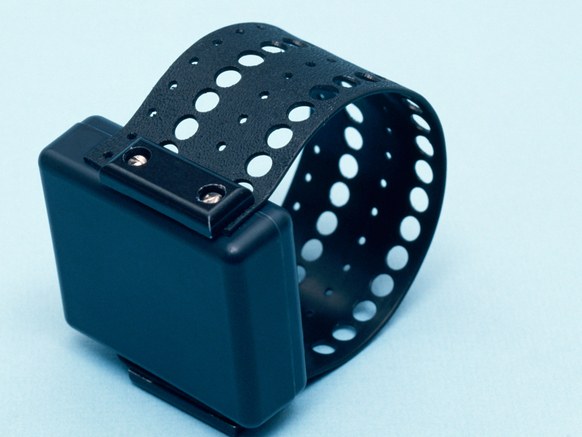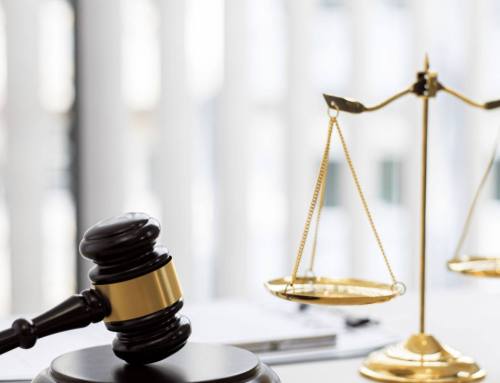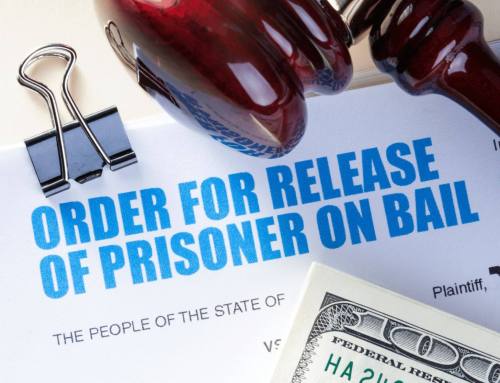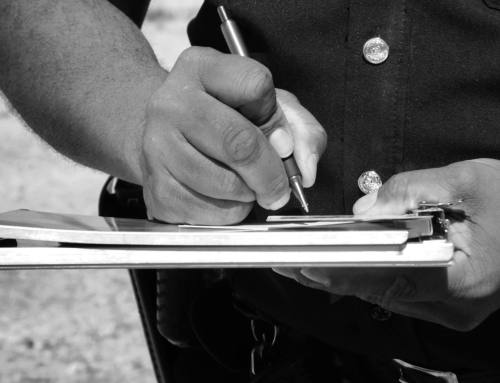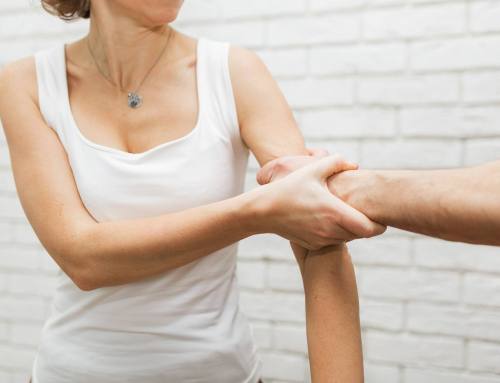Ankle Monitors Are Another Kind of Jail, getting Bail posted at any cost is a much better option.
at Lightning Bail we work hard to help you get a Bond!!!
Ankle monitors are trending these days: Movie mogul Harvey Weinstein and former Donald Trump campaign chair Paul Manafort are under the electronic tether, and last month, in the wake of outrage over immigration officials separating families at the border, US Immigration and Customs Enforcement began monitoring migrant parents electronically rather than keeping them incarcerated in detention centers. More than 35,000 immigrants have been assigned an ankle monitor GPS unit.
They have plenty of company. According to research by the Pew Charitable Trusts, law enforcement’s use of electronic monitors more than doubled between 2005 and 2015. The technology continues to gain popularity as pressure to reduce incarceration mounts. To many, electronic monitoring is humane—one that allows people “on the bracelet” to live at home and move about more freely than they would behind bars.
But those who have lived under this high-tech tether—including the two of us—see it differently. For many, electronic monitoring equals incarceration by another name. It is a shackle, rather than a bracelet.
The rules for wearing a monitor are far more restrictive than most people realize. Most devices today have GPS tracking, recording every movement and potentially eroding rights in ways you can’t imagine.
Just ask James Morgan of Madison, Wisconsin, who spent several days behind bars because the Department of Corrections reported his monitor lost its GPS signal and reported false information about his location. Or David Alan of Las Vegas, who told us about cutting his hand in a domestic accident. The wound was bleeding profusely, so he headed for the hospital, phoning his parole officer to let him know. When Alan arrived at the hospital, police were waiting. They took him into custody, and he spent 10 days in prison before being released.
We have been researching electronic monitoring for several years. There is no real proof that these devices make communities safer. Instead, the monitors function as an additional punishment, extending a person’s sentence when they’re placed on a monitor as part of parole. Or, they severely curtail the freedoms of those who are given a device before they’ve even been convicted.
The money spent on this under-regulated and misunderstood technology would be better used to provide jobs or housing.

